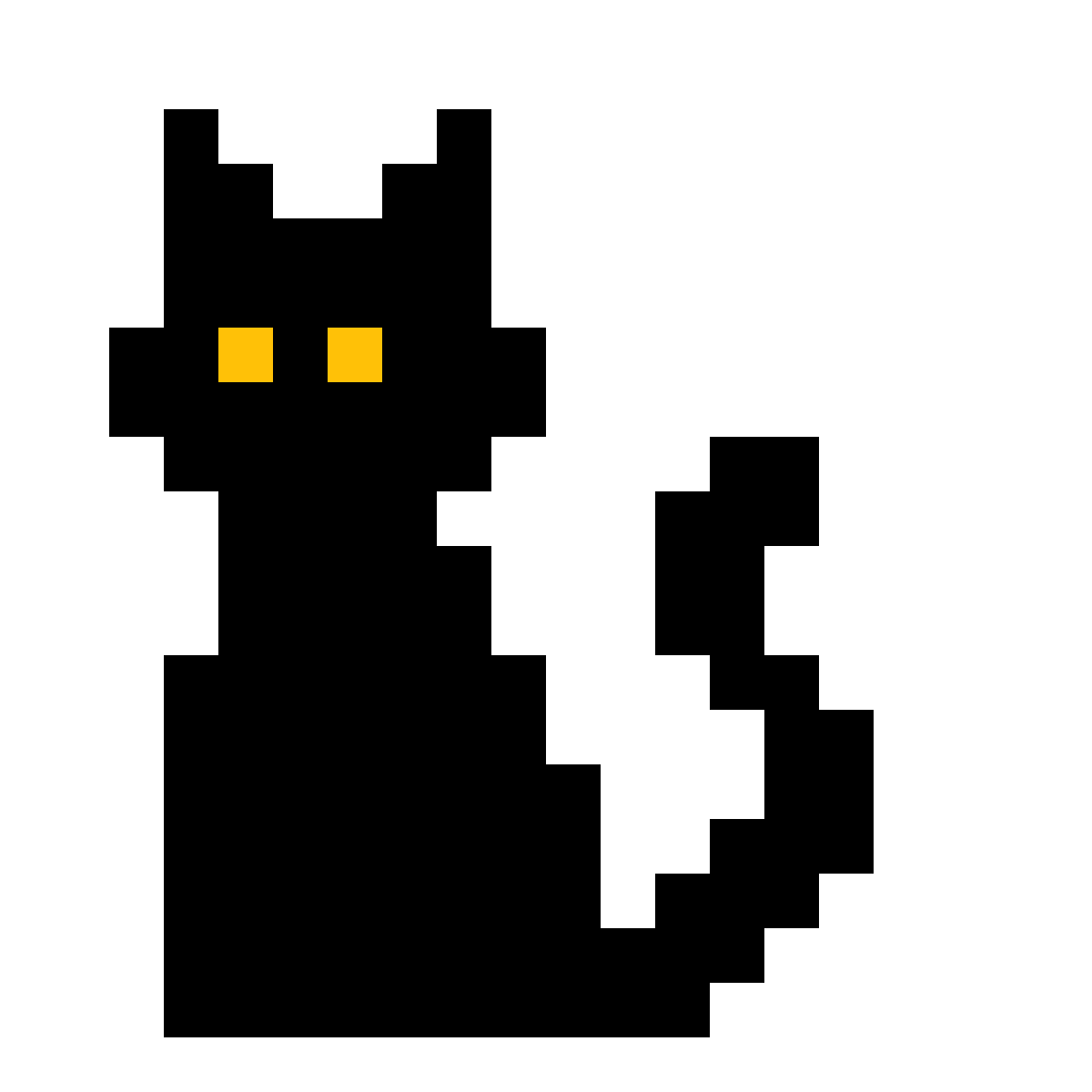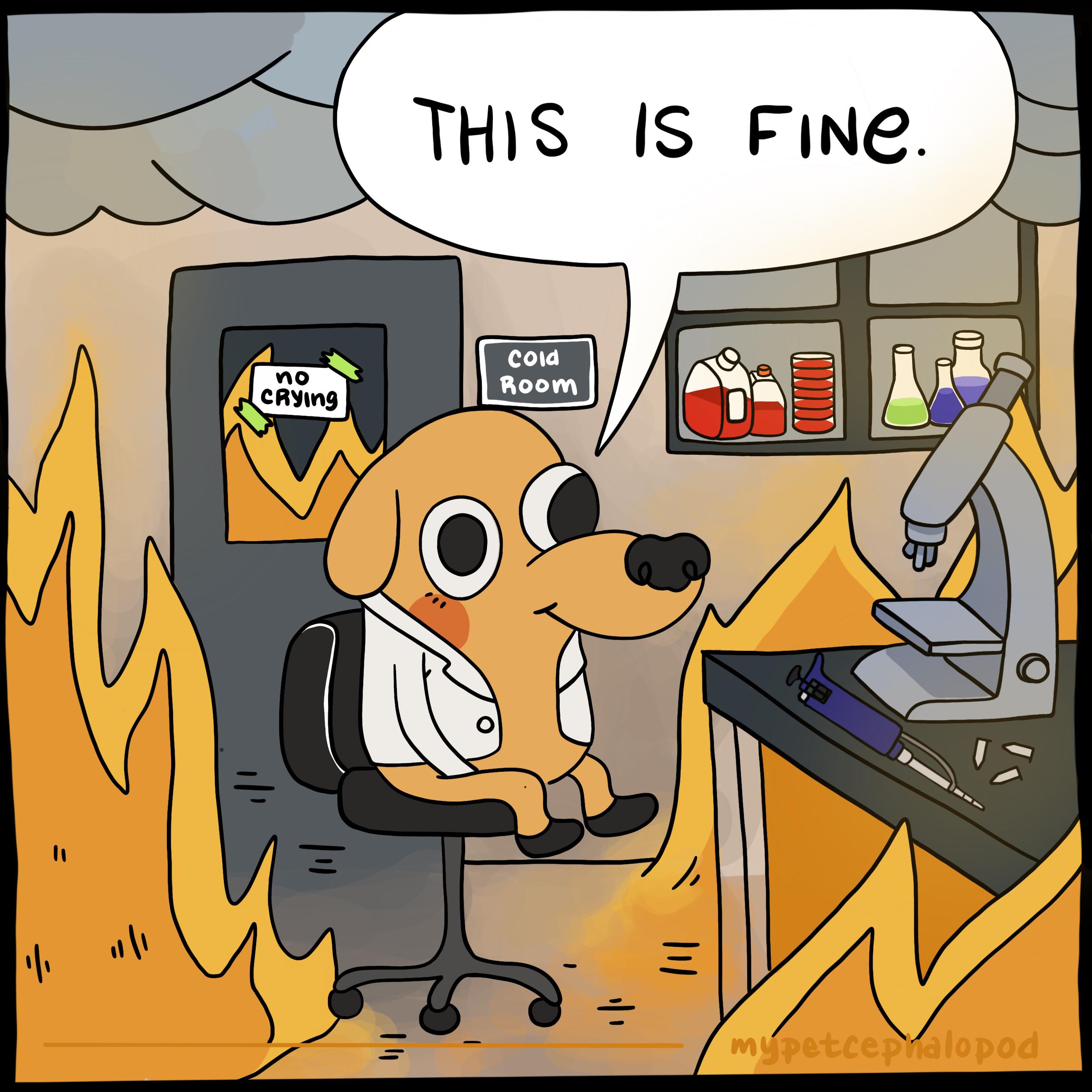the reason to make plots programmatically is typically because you’re already processing the data in python in ways that would have been too complicated if you’d do it in
excela table calculation program.Dump it out as a CSV and import it to excel?
that is manual labor each time you run the script, while plotting in python re-makes the plot automatically.
You could just automate the generation of the excel sheet as well - it’s really just pick your poison.
Having worked on a programs that automatically generate and process data from excel spreadsheets for a large company, I shuddered when you said that.
I got my ggplot2 book signed by Hadley at rstudioconf a few years back :)
Facet grid is a godsend, haven’t seen anything like it in Excel. However, I will admit ggplot syntax and functionality is cryptic af, so I ask chatgpt for help and it’s surprisingly accurate on this topic
Make people accountable for spreading lies and missinformation. Its that simple. The more reach they have, the higher the punishment for spreading miss information.
And in order to make it easy for everyone, if you can proof that you did a research before publishing said missinformation it can lower the punishment. Again, more influence, more research necessary.
If we could start using block chains for information spreading, we could follow the sources of said information and everything would be tranparent.
I’ve never seen a ‘publication quality’ plot that fits into the document as well as a tikz/pgf plot
I like Makie #JuliaGang
There are dozens of us #JuliaGang
Oh this touches close to him. I got into pgfplots since it would generate plots in latex at compile time and keep fonts consistent, etc. plots looked amazing though.
The worst was when a colleague couldn’t get a pdf to upload into a google doc, so he just made an ugly ass bar chart in excel for the final draft since that was easier. The only reason he could do that so quickly was because he could read the data so easily from the plot I made. Ugh. Still burns
Hot tip - export a basic plot to svg and format it in Inkscape. OBVIOUSLY DO NOT CHANGE ANYTHING THAT MODIFIES THE DATA OR RESULTS but it’s much easier to get a consistent look and feel in Inkscape than ggplot
Hotter tip - just make it all in inkscape, no one fact-checks anyway!
There’s inkscape plugin to make barplots and piecharts. Why don’t we add for more? Honestly we could even make it just take r code or python code.
both foss software, right?
Why not just use gnuplot?
I only know of gnuplot, how does ggplot differs from gnuplot?
Not sure, but here’s a video of it working
R with the tidyverse package is amazing once you get over the learning curve. It’s so much easier to simply type a few lines of code then to fiddle with the Excel GUI, plus the ability to customize the plot is much, much better in R.
Yes making a simple plot in Excel is relatively easy, but try making something evening remotely complex and it’s terrible. A box plot is a great example of this, 2 lines of plotting code in R for a basic plot but an absolute nightmare to create in Excel.
Afaik, you can’t even make a box plot on excel without 3rd party plugins. You can maybe hack together one with a bar chart, and hiding/narrowing parts of it so that it sort of resembles a box plot if you never ever open the data.
Matplotlib and seaborn are my Go-to
Valid. I remember being very frustrated with ggplot’s documentation, only to realize they HARD CODED a plot parameter that could not be accessed. Matplotlib + Seaborn works fantastic, and I can do whatever I want without being babied by ggplot
Matplotlib is still a pain in the ass when you need to customize something seaborn can’t handle
Matplotlib + export to SVG + final adjustments in Inkscape is my pick.
Use plotnine if you want a ggplot-like API. Matplotlib is too low level for most stuff so it needs an abstraction layer such as plotnine or seaborn. Also, I understand the original devs desire to copy Matlab plotting standards, but that language is so bad.
Why not just cut to the chase and do it in Libre Office Calc?
I rather use the r-base
plotfunctions for everything in R. It is more flexible especially when you need to tweak the visuals.It can also be EXTREMELY long code to do something relatively simple. I bounce between base and ggplot, and use ggh4x for some oddly difficult stuff in ggplot.
Honest question: do you think this could improve with practice? Or does the ggplot workflow necessarily makes it all slower?
It absolutely improves with practice, and once you have settled on an aesthetic you like you can simply reuse the code, e.g. store all your color/line properties in a variable and just update each figure with that variable
My thesis had something like 30 figures, and at multiple points I had to do things like “put these all on a log scale instead” or “whoops, data on row 143,827 looks like it was transcribed wrong, need to fix it”
While setting everything up in ggplot took a couple hours, making those changes to 30 figures in ggplot took seconds, whereas it would have taken a monumental amount of time to do manually in excel
Once you have figured it out, it’s actually a nice workflow. Don’t get me wrong, when I’m not publishing a paper, I quickly forget all commands, my whole setup etc. and start from scratch, cursing a lot and retracing my steps in the history, basically re-learning the framework. I’d still never move away from ggplot2.
graphpad is my #1






